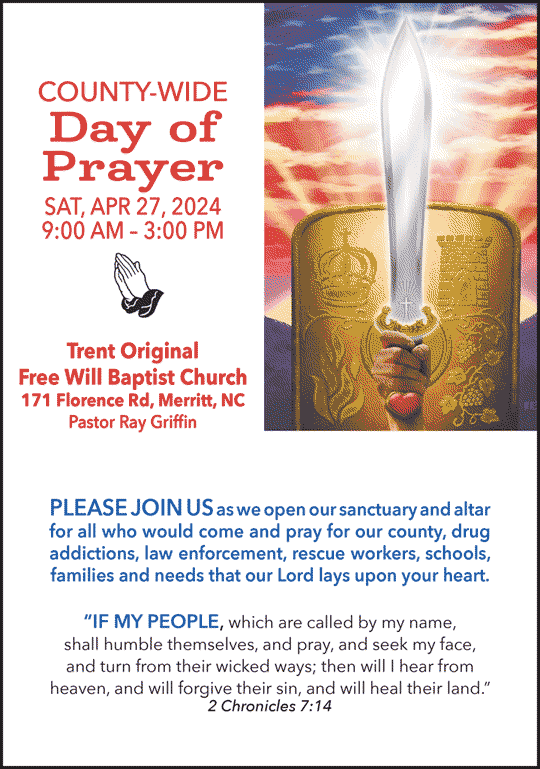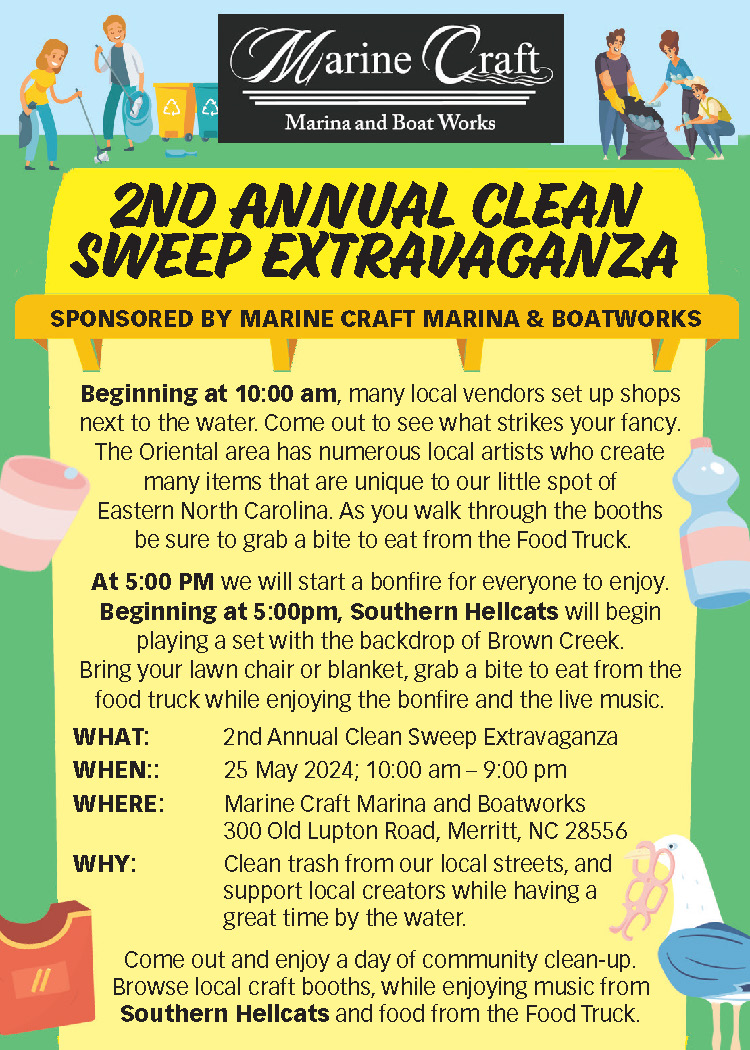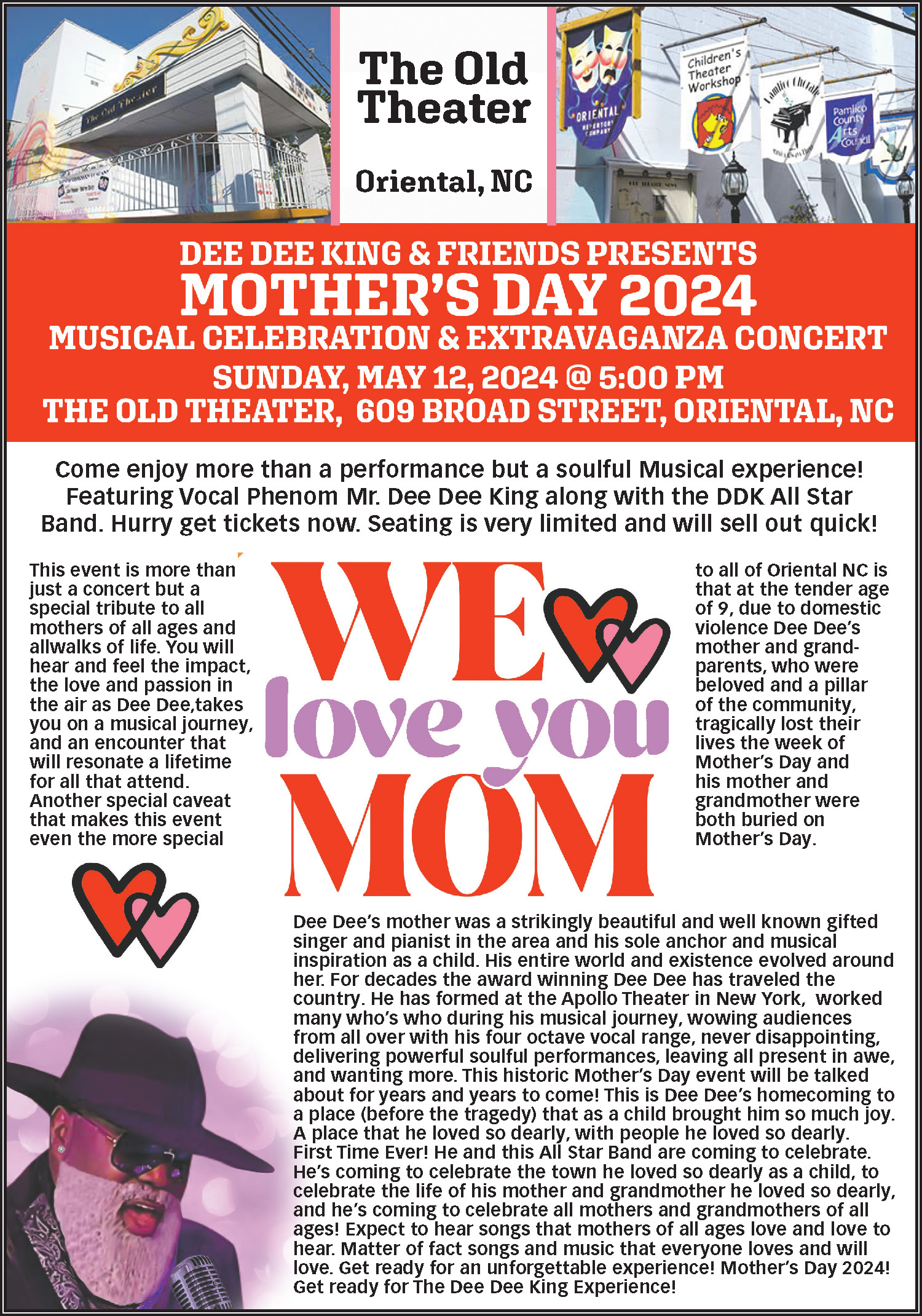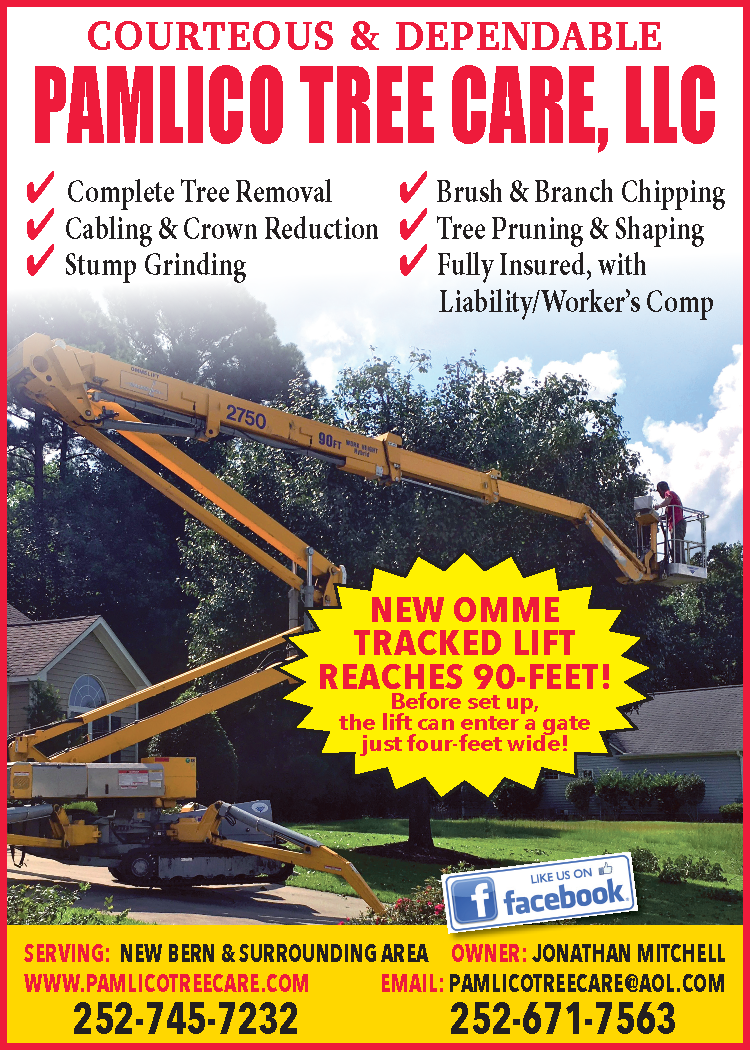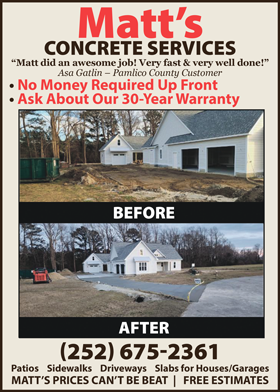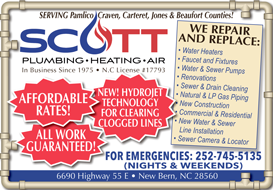Murky World of Homeowners Insurance
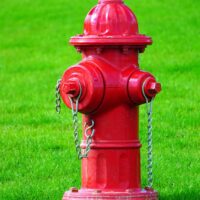 Editor’s Note: North Carolina Insurance Commissioner, Mike Causey, recently issued a statement about Liberty, a small North Carolina town of 2,700 residents, that has achieved an ISO fire rating of 2. The only better ISO rating is a 1. This article by Gordon Allison explains the fire rating system and what it means to homeowners.
Editor’s Note: North Carolina Insurance Commissioner, Mike Causey, recently issued a statement about Liberty, a small North Carolina town of 2,700 residents, that has achieved an ISO fire rating of 2. The only better ISO rating is a 1. This article by Gordon Allison explains the fire rating system and what it means to homeowners.
ISO stands for Insurance Services Office, a private company that provides rating, statistical, and actuarial information to the insurance industry throughout the USA. Fire departments/districts are rated for their service quality on a scale from 1 to 10, with 1 being the best. If you contact your local Fire Marshal, you can request the rating for your local fire department and will probably have two numbers, such as 4/9.
The reason for the two numbers is that the first number is the quality of service rating your home is given if the mileage from your house to the closest fire station is 5 road miles or less. The second number reflects the service level quality for homes that are within 6 road miles to the station. Beyond 6 miles the rating usually decreases to a 10. Going from an ISO 10 to an ISO 9 is a significant service improvement for a decrease in your homeowners insurance cost.
In Craven County, some ratings are “9E”, indicating the “9″ service quality rating within six-miles is extended for an additional distance from the fire station. Going from a ISO 6 to a ISO 5 rating is a smaller step than the one from ISO 10 to ISO 9.
A better rating can significantly lower your insurance premium, but residential properties see little or no premium reductions for an ISO rating less than 5. While a number of factors come into play when determining a particular property’s homeowners’ insurance premium, an ISO rating improvement of one point could result in a decreased premium. The amount depends on a number of factors, including where the house is located and the type of material used to build the house. Here are some of the factors that affect the ISO fire rating:
RESPONSE TIME – This is a big factor. The faster a fire truck can get to your house, the more likely the firefighters will be able to prevent property damage and, more importantly, injury or loss of life. Response time is calculated from the time when the alarm is sounded until the first fire truck arrives at the fire. In rural areas such as Pamlico County, fire responders are volunteers who must drive from wherever they are located when the alarm sounds to the fire station, then drive the fire trucks to the fire location.
AVAILABILITY OF WATER – Pumper trucks usually carry about 1,000 gallons of water. When connected to a fire hydrant, the water tank is replenished. If you have a pond or river nearby, that can provide water in lieu of a fire hydrant.
FIRE PERSONNEL TRAINING/RECRUITMENT and Number of Firefighters Responding, on average, to fire calls – In a perfect world, each fire station would be fully staffed 24/7/365, despite vacations and illnesses. In addition to fighting the fire, personnel lay hose from hydrants to the pumper truck, perform traffic control, as well as rescuing the occupants, and providing emergency medical treatment. Pamlico County has a large number of retirees, and that demographic is growing; therefore as the population continues to age, at some point the County may need to change to paid fire fighters based at the fire stations to keep good ISO ratings.
QUALITY AND MAINTENANCE OF FIRE DEPARTMENT AND PERSONNEL EQUIPMENT.
When it comes to business and commercial insurance, for each point of improvement from ISO 6 all the way down to an ISO 1, policyholders are likely to see an average 8.5% decrease in premiums for each step. A good ISO rating is the result of good planning and execution, never a lucky happenstance. A good ISO rating is almost always a community effort, requiring cooperation by neighboring fire departments and local officials. It often takes significant financial investments by local governments, fire departments and communities. When you provide your address to your insurance agent, the insurance company will designate the ISO rating applicable to your home’s location.
Other states’ regulations may differ from those of North Carolina. For example, Colorado requires a 75-foot vegetation clearance around the home and out buildings in heavily wooded areas. Also, Colorado outlawed wooden shake shingles due to the low humidity drying them out and creating a fire hazard. A local friend told me a couple weeks ago that his friend’s homeowners insurance company sent a letter requiring the homeowner to replace the roof within one year since it was 20 years old! That agent received the same letter for her metal roof, which was rated for 40 years. If you buy a house in a new state, check with the local building inspector to find out what their building codes require. For instance in Oregon, the building code is strict; the structure of the house is sturdy and does not rely on any materials inside the house such as drywall for stability and strength. When you see a Colorado house being built, braces are used to keep the house from collapsing until the drywall can be installed and are then removed. In Colorado, the drywall is a structural element! Remove enough drywall and the home could collapse. When the wind blows, the pictures on the walls of those homes vibrate and even jump off the wall!
I’d like to thank the following people for their assistance in this article: Mr. Barry Smith, NC Department Of Insurance, and the Fire Marshals for Craven, Carteret, and Pamlico Counties. Also my State-Farm Insurance Agent Donna Comer has been invaluable in answering questions for this series of articles.

Gordon is a frequent contributor to The County Compass




















